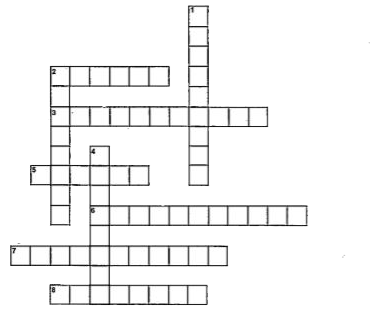Assertion:On a merry-go-around, all parts of our body are subjected to an inward force.
Reason: We have a feeling of being pushed outward the direction of impending motion.
If both assertion and reason are true and reason is the correct explanation of assertion.
If both assertion and reason are true and reason is the not correct explanation of assertion.
If assertion is true but reason is false
If both assertion and reason are false.
The correct Answer is:B
The object concept of force in physics should not be confused with the subjective concept of the feeling of force. Both statements are true.
Topper's Solved these Questions
- BOOK - NCERT FINGERTIPSCHAPTER - LAWS OF MOTIONEXERCISE - NCERT Exemplar9videos
LAWS OF MOTION
- BOOK - NCERT FINGERTIPSCHAPTER - KINETIC THEORYEXERCISE - Assertion And Reason10videos
KINETIC THEORY
- BOOK - NCERT FINGERTIPSCHAPTER - MECHANICAL PROPERTIES OF FLUIDSEXERCISE - Assertion And Reason15videos
MECHANICAL PROPERTIES OF FLUIDS
Similar Questions
Assertion : A body can have acceleration even if its velocity is zero at a given instant of time.
Reason : A body is momentarily at rest when it reverses its direction of motion.View SolutionAssertion : A body may be accelerated even when it is moving uniformly.
Reason : When direction of motion of the body is changing then body may have accelerationView Solution
Knowledge Check
- Question 1 - Select One
Assertion : In rolling, all points of a rigid body have the same linear velocity.
Reason : The rotational motion does not affect the linear velocity.AIf both, Assertion and Reason are true and the Reason is the correct explanation of the Assertion.BIf both, Assertion and Reason are true but Reason is not a correct explanation of the Assertion.CIf Assertion is true but the Reason is false.DIf both, Assertion and Reason are false. - Question 2 - Select One
Assertion: When a person walks on a rough surface, the frictional force exerted by the surface on the person is opposite to the direction of tendenc of motion his leg.
Reason: If a body moves with constant velocity, then it means that body is moving along straight line & there is no acceleration.AIf both assertion & Reason are True & the Reason is a corrrect explanation of the Asserion.BIf both Assertion & Reason are True but Reason is not correct explanation of the Assertion.CIf Assertion is Trie but the Reason is False.DIf both Assertion & Reason are false - Question 3 - Select One
Assertion : We are able to move a few parts of our body easily in various directions whereas some parts can be moved in only one direction.
Reason : Different types of joints are present in different parts of our body.AIf both assertion and reason are true and reason is the correct explanation of assertion.BIf both assertion and reason are true but reason is not the correct explanation of assertion.CIf assertion is true but reason is false.DIf both assertion and reason are false.
Solve the following crossword with the help of the given clues

Across
2. Irregular motion such as motion of a ball during a game of hockey or football.
3. The motion in which all parts of the body travel through the same distance
5. Movement of a body
6. Motion of a body along a curved path
7. Motion of a body like a pendulum
8 Occuring orappearing at intervals
Down
1. Motion of a plucked string of a sitar
2. Spining of a body about a fixed axis
4. Motion of a girl sitting on a merry -go-roundView SolutionAssertion : The angular velocity of a rigid body in motion is defined for the whole body
Reason : All points on a rigid body performing pure rotational motion are having same angular velocity.View SolutionAssertion : All microscopic bodies in motion have wave character.
Reason : Microscopic bodies have very large mass.View SolutionAssertion : All microsopic bodies in motion have wave character.
Reason : Microscopic bodies have very large mass.View SolutionDirections: In the following questions, a statement of assertion is followed by a statement of reason.
Assertion : When we touch ice, heat flows from our body to ice.
Reason : Heat flows from a body at high temperature to a body at low temperature.
Mark the correct choice as:View Solution

